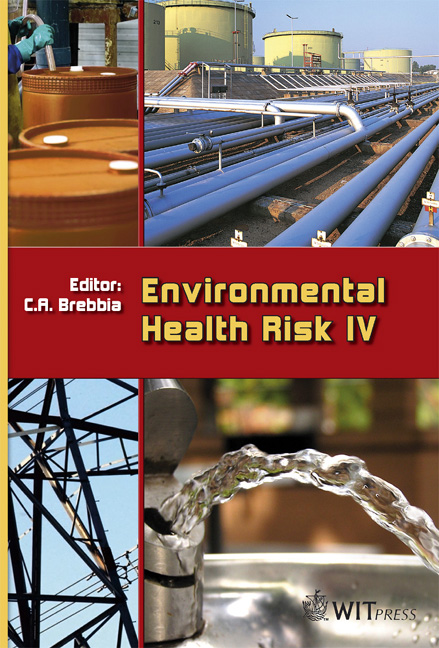A Dynamic Model Of Mobile Source Air Pollution And Its Properties
Price
Free (open access)
Transaction
Volume
11
Pages
10
Published
2007
Size
421 kb
Paper DOI
10.2495/EHR070051
Copyright
WIT Press
Author(s)
V. Rumchev & L. Caccetta
Abstract
Air pollution has been recognised as a serious concern in modern society. Various adverse effects have been analysed with exposure to air contamination. In this paper, a (discrete-time) dynamic model of mobile source air pollution (DMSAP) to predict the emission levels from a vehicle population within a monitoring system over time is developed. An essential feature of the model is the dynamics of vehicle population. The vehicle population is structured into different interconnected \“age” groups (cohorts). It is assumed that vehicles of the same group have similar physical characteristics and behaviour such as engine types, engine conditions, emissions amounts, travelling habits and depreciation factors. Therefore, the model is suitable for large cities or metropolitan areas, where small group characteristics do not affect the aggregate behaviour of the vehicle population. Because of the nature of mobile source air pollution process, the DMSAP model exhibits positive linear systems (PLS) behaviour. Two important properties of DMSAP model with direct impact on the decision making process are discussed in this paper, namely maintainability and controllability. Maintainability is a property of the system to maintain (preserve) desired emission levels of pollution. Controllability is a property that shows the ability of the system to achieve desired emission levels from given ones. Maintainability and controllability are strong intrinsic properties of the system. For example, if the system is controllable it can be \“moved” from any initial to any other (terminal) desired emission levels. In this paper some very recent advances of control theory for positive systems are used to study maintainability and controllability properties of DMSAP model. Keywords: environmental modelling, air pollution, mobile sources, dynamic models, positive linear systems, maintainability, null-controllability, reachability, controllability.
Keywords
environmental modelling, air pollution, mobile sources, dynamic models, positive linear systems, maintainability, null-controllability, reachability, controllability.





